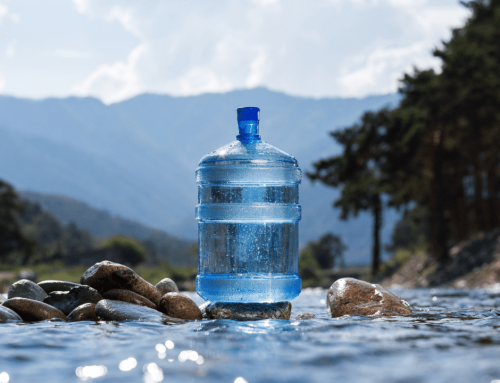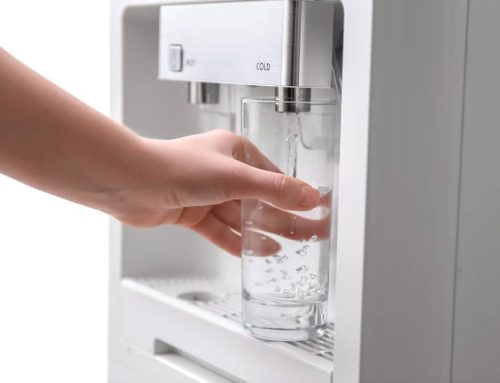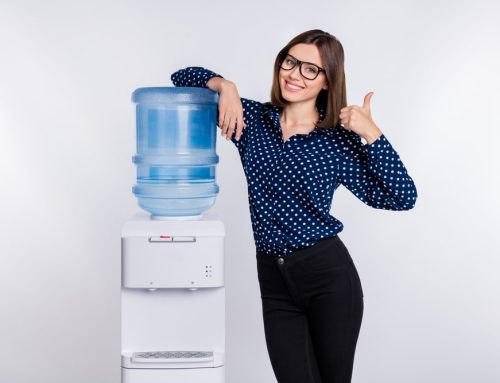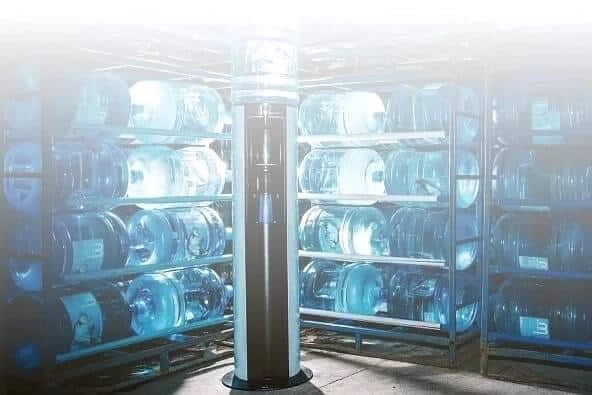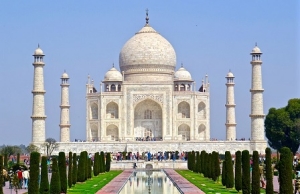 India, like many other countries, has been dealing with droughts in various regions. Farmers have lost many of their crops and have suffered greatly, at first resorting to purchasing water to feed both their crops and their livestock when the wells ran dry, but this solution could not be sustained for very long.
India, like many other countries, has been dealing with droughts in various regions. Farmers have lost many of their crops and have suffered greatly, at first resorting to purchasing water to feed both their crops and their livestock when the wells ran dry, but this solution could not be sustained for very long.
A farmer in India’s Karnataka state had virtually given up hope as he watched his five-acre orchard start to die when his son went to a farmers’ festival where he heard about some revolutionary water-harvesting techniques. With nothing to lose, the farmer decided to give these methods a try, and a mere 3 days after building the water-harvesting structures on his land, his bore wells started to refill, which kept his farm going until they were fully recharged when the rains returned.
Nagappa ascribed his change in fortune to the methods espoused by Ayyappa Masagi, hailed as the Doctor of Dry Bore-wells, the Water Doctor and even Water Gandhi by the helped thousands of Indian farmers he has to become self-sufficient in water use.
Who is India’s Water Doctor?
Ayyappa Masagi was born to farmers and was taught farming and traditional water harvesting techniques by his father. He successfully farmed a six-acre plot of land, and his coffee, areca nut and pepper plantations flourished.
At one time the area was hit with a devastating, lashing flood, which washed away his hut and saw him seeking shelter in a tree for a whole night. While sitting in the tree, Ayyappa started wondering how one could harness some of that water that was wasted in such floods for use during a drought. Before he could work this out however, a three-year drought ruined his crops and turned his land barren.
Masagi then came up with a very simple concept to capture floodwater; collect, filter and store rainwater underground in a pit-based system:
- Using mud, sand, soil, gravel and boulders, eight permanent structures per acre of farmland are built and then partially filled with a mix of gravel and sand;
- When it rains or the land floods, the water trickles through the gravel and sand and slowly charges the subsoil;
- Once the soil is saturated, the water will bubble back up through the sand and gravel to form natural springs.
As Masagi says, Today, most farm lands are flat and when rain falls, water doesn’t stay; the surface soil can only absorb a little amount of water. We cannot trap all rainwater, but just capturing 20% would make the farmers self-sufficient. This process of subsoil recharging happens slowly and progressively, and since the water is stored below the surface, the entire land area is always charged with water.
Masagi received the Ashoka Award for Public Innovation in 2004 in recognition of his efforts, and immediately utilised the prize money to set up his Water Literacy Foundation.
Get water coolers and water dispensers from Living-Water in London. View the water cooler blog.


